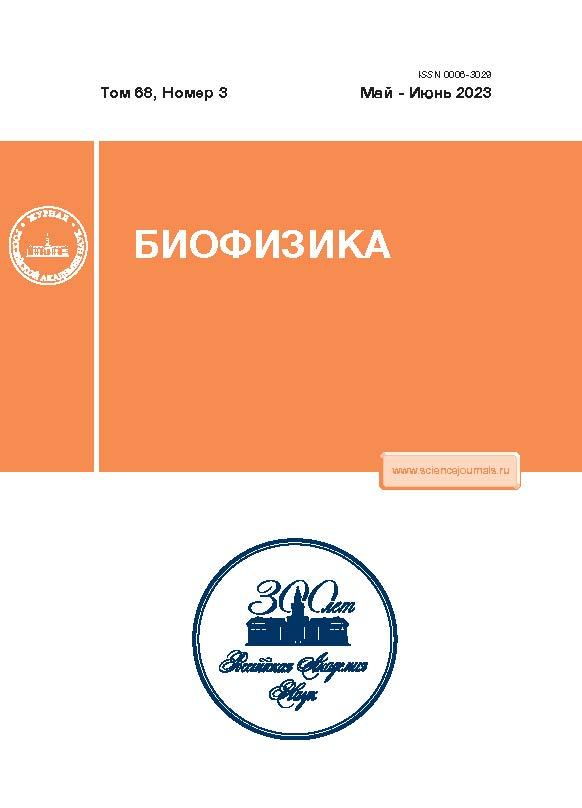Analysis of coverage of Alu repeats by aligned genomic reads
- Autores: Tamazian G.S1, Kanapin A.A1, Samsonova A.A1
-
Afiliações:
- Institute of Translational Biomedicine, St. Petersburg State University
- Edição: Volume 68, Nº 3 (2023)
- Páginas: 496-500
- Seção: Articles
- URL: https://journals.rcsi.science/0006-3029/article/view/144450
- DOI: https://doi.org/10.31857/S0006302923030109
- EDN: https://elibrary.ru/FRPXRZ
- ID: 144450
Citar
Texto integral
Resumo
Palavras-chave
Sobre autores
G. Tamazian
Institute of Translational Biomedicine, St. Petersburg State UniversitySt. Petersburg, Russia
A. Kanapin
Institute of Translational Biomedicine, St. Petersburg State UniversitySt. Petersburg, Russia
A. Samsonova
Institute of Translational Biomedicine, St. Petersburg State University
Email: a.samsonova@spbu.ru
St. Petersburg, Russia
Bibliografia
- M. A. Batzer and P. L. Deininger, Nat. Rev. Genet., 3 (5), 370 (2002).
- F. Hormozdiari, M. K. Konkel, J. Prado-Martinez. et al., Proc. Natl. Acad. Sci. USA, 110 (33), 13457 (2013).
- E. S. Lander, L. M. Linton, B. Birren, et al., Nature, 409 (6822), 860 (2001).
- J. C. Venter, M. D. Adams, E. W. Myers, et al., Science, 291 (5507), 1304 (2001).
- F. C. Chen, Y. Z. Chen, and T. J. Chuang, Bioinformatics, 25 (11), 1419 (2009).
- J. M. Chen, E. Masson, C. Le Marechal, et al., Cytogenet Genome Res, 123 (1-4), 102 (2008).
- P. Deininger, Genome Biol., 12 (12), 236 (2011).
- L. M. Payer, J. P. Steranka, W. R. Yang, et al., Proc. Natl. Acad. Sci. USA, 114 (20), E3984 (2017).
- S. Shen, L. Lin, J. J. Cai, et al., Proc. Natl. Acad. Sci. USA, 108 (7), 2837 (2011).
- I. Vorechovsky, Hum, Genet., 127 (2), 135 (2010).
- S. Pavlov, V. V. Gursky, M. Samsonova, et al., Life (Basel), 11 (11), 1209 (2021). doi: 10.3390/life11111209
- A. Smit, R. Hubley, and P. Green, RepeatMasker Open-4.0 (accessed 03/18/2022).
- H. Mao and H. Wang, Bioinformatics, 33 (5), 743 (2017).
- S. E. Staton and J. M. Burke, Bioinformatics, 31 (11), 1827 (2015).
- H. Li and R. Durbin, Bioinformatics, 25 (14), 1754 (2009).
- S. Fairley, E. Lowy-Gallego, E. Perry, et al., Nucl. Acids Res., 48 (D1), D941 (2020).
- H. Li, B. Handsaker, A. Wysoker, et al., Bioinformatics, 25 (16), 2078 (2009).
- J. K. Bonfield, J. Marshall, P. Danecek, et al., Gigascience, 10 (2), giab007 (2021). doi: 10.1093/giga-science/giab007
- G. Tamazian, N. Cherkasov, A. Kanapin, et al., in BGRS/SB-2022 (Novosibirsk, Russia, 2022), pp. 11211122.
- R Core Team, R: A Language and Environment for Statistical Computing (R Foundation for Statistical Computing, 2022).
- L. Scrucca, M. Fop, T. B. Murphy, et al., The R Journal, 8 (1), 289 (2016).
- Broad Institute, Picard: A set of command line tools for manipulating high-throughput sequencing data (2022).
- A. R. Quinlan and I. M. Hall, Bioinformatics, 26 (6), 841 (2010).
- P. Danecek, J. K. Bonfield, J. Liddle, et al., Gigascience, 10 (2), giab008 (2021). doi: 10.1093/giga-science/giab008
Arquivos suplementares









